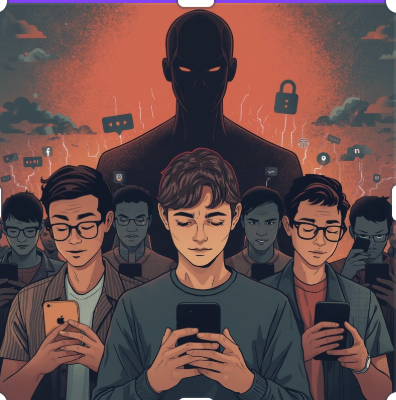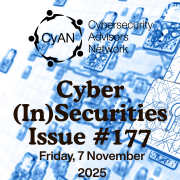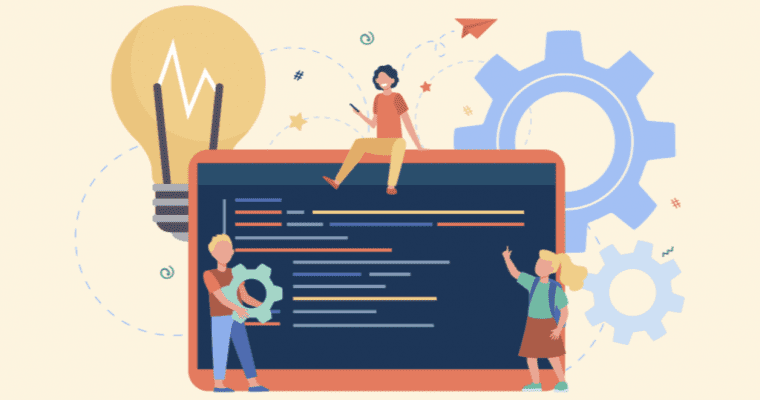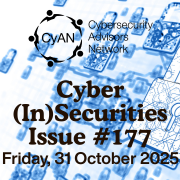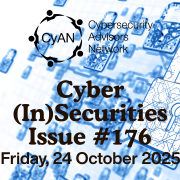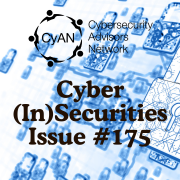Is Social Media Distracting Gen Z From the Real AI Security Crisis by Lauren Mauro
I scroll past another TikTok about how AI is “ruining everything!” The comments are predictably catastrophic: artists losing jobs, humanity’s demise, the usual. I keep scrolling. Five videos later, an AI-generated meme makes me laugh. Of course, the comments are pure outrage: “Stop normalising AI!” …
